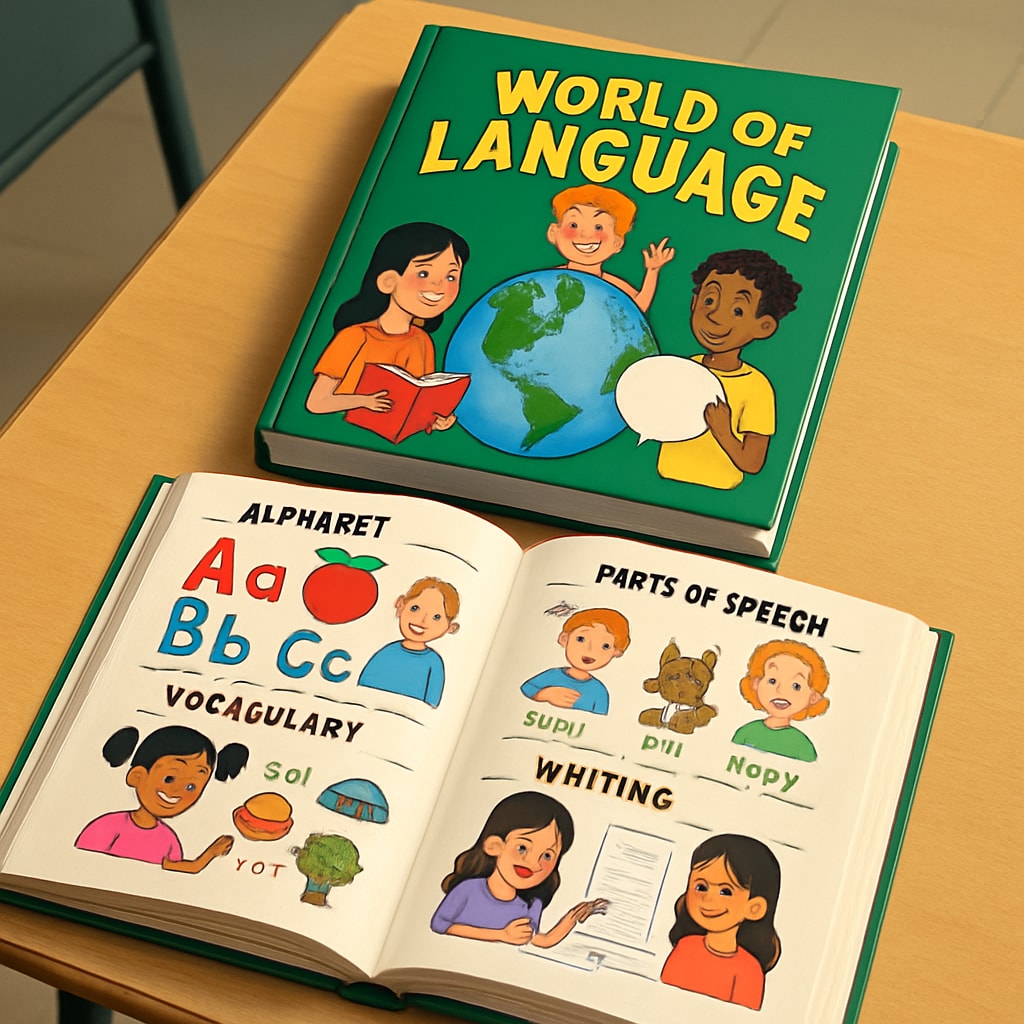The “World of Language” series, a once-popular K-12 language teaching resource, represents an often-overlooked treasure in the history of education. Known for its innovative approach to reading science and oral communication, this series profoundly influenced language teaching methodologies during its peak. With today’s shift toward digital tools and personalized learning, revisiting such resources can provide valuable lessons for modern educators.
The Legacy of “World of Language” in Language Education
First introduced into American classrooms decades ago, “World of Language” was designed to enhance students’ mastery of grammar, vocabulary, and communication through structured exercises and engaging content. Unlike many contemporary textbooks, it prioritized a holistic approach, integrating reading comprehension with oral language practice to develop both critical and creative skills. The series became a staple in classrooms due to its ability to cater to diverse learning styles.

What made “World of Language” stand out was its alignment with the principles of reading science—a field that emphasizes the cognitive processes involved in understanding and interpreting text. By focusing on phonemic awareness, fluency, and comprehension, the series helped students build foundational literacy skills. Furthermore, its emphasis on oral communication encouraged learners to actively apply their knowledge, fostering confidence and real-world competence.
Lessons for Modern Language Teaching
In an age dominated by apps, multimedia platforms, and AI-driven tools, the methodologies behind “World of Language” may seem outdated at first glance. However, its core principles remain relevant. For example, the series’ scaffolding approach—where lessons build progressively on prior knowledge—mirrors techniques used in modern-day adaptive learning technologies.
Moreover, “World of Language” highlights the importance of balancing technology with traditional teaching practices. While digital resources excel in personalization and interactivity, they often overlook the human-centric elements of language learning, such as face-to-face communication and collaborative exercises. Revisiting this classic series can inspire educators to strike a balance between these two approaches.

Why Rediscover “World of Language” Today?
As education continually evolves, understanding the strengths of past teaching resources can provide invaluable insights. “World of Language” serves as a reminder that effective language instruction relies not just on tools, but also on sound pedagogy. Its emphasis on reading science and oral communication aligns with practices advocated by leading organizations such as the Britannica’s reading education framework. Additionally, its structured yet adaptable format resonates with guidelines set forth by the Common Core State Standards.
For educators and curriculum developers, revisiting “World of Language” offers an opportunity to blend timeless teaching techniques with modern innovations. By doing so, we can ensure that today’s students develop not only technical proficiency but also the confidence to communicate effectively in diverse contexts.
Readability guidance: Short paragraphs and clear transitions make this article easy to follow. Lists and examples are used to summarize points effectively. The article avoids overusing passive voice while maintaining professional language.


